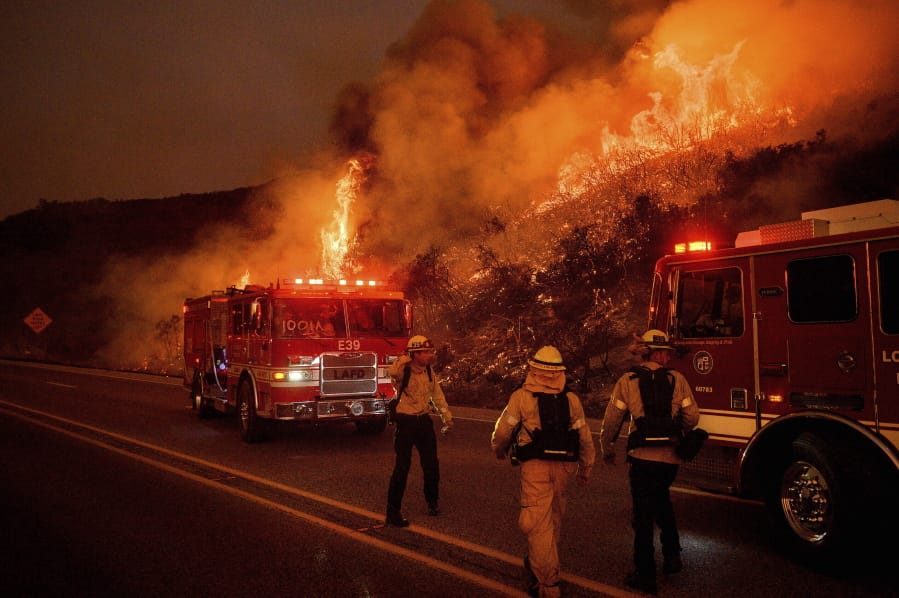Smoke from wildfires has been an issue in the Pacific Northwest for several of the past summers and, every time, the advice from experts is the same: if you’re able, stay inside and keep doors and windows shut.
But new research from scientists at Oregon State University is raising questions about just how safe it is inside residential homes when air flow is restricted, potentially trapping other harmful airborne chemicals in what is supposed to be a refuge from wildfire smoke.
The findings were part of a study published in the journal Environmental Science and Technology Letters, with funding from the National Institutes of Health.
“People think air inside their house is perfectly clean, and that if we close all the windows when it is smoky outside there will be zero contaminants inside,” corresponding author Kim Anderson, an environmental chemist at the university, said in a statement. “That’s just not true.”
The chemicals Anderson and her co-authors examined are called polycyclic aromatic hydrocarbons, or PAHs for short, which can potentially cause cancer. PAHs are produced by any kind of combustion, from cooking on a gas stove to smoking a cigarette to burning incense.
The toxic molecules are usually dispersed from houses out of doors and windows, but when houses are closed up tight to keep wildfire smoke out, PAHs can linger and accumulate, according to Anderson.
To figure out how much those particles build up, Anderson and her fellow researcher installed air samplers in six houses in Eugene in August 2018, away from common sources of PAHs like kitchen stoves. They placed identical samplers just outside of the homes to compare air quality between indoor and outdoor environments.
Summer 2018 saw extended periods of poor air quality throughout the state from wildfires in southern Oregon and northern California.
When the researchers analyzed the samplers back in the lab, they found indoor concentrations of individual PAHs were equal to and in some cases greater than outdoor concentrations for the majority of individual PAHs. Anderson said the study was relatively small and needed to be repeated with a larger sample size to confirm their conclusions, but their findings were still troubling.
The concentrations measured by the samplers were not as high as some heavily polluted cities like New Delhi, India, but they were high enough to be of concern.
“The concentrations indoors were much higher than expected,” she said. “That was really surprising to us.”
There are ways to cut down on your exposure, though. With modern homes built to be as energy efficient as possible, little air is exchanged between the indoors and outdoors. When the air outside is healthy, Anderson recommended opening windows or doors for circulation.
If the air outside is unhealthy, like when wildfires are burning, people can still take some measures without opening windows. If a home has a gas stove, using the fan in a stove hood and refraining from burning candles or incense will help. There are also some consumer products, like air fresheners, that can contain PAHs, naphthalene in particular, so it’s best to avoid those if possible.
Ultimately, the best way to avoid exposure is to keep air circulating, when possible, or to prevent the chemicals from building up in the first place, Anderson said.
“When there isn’t much of an exchange of indoor and outdoor air, PAHs released off the meal you cooked three weeks ago are still in your house,” she said.




